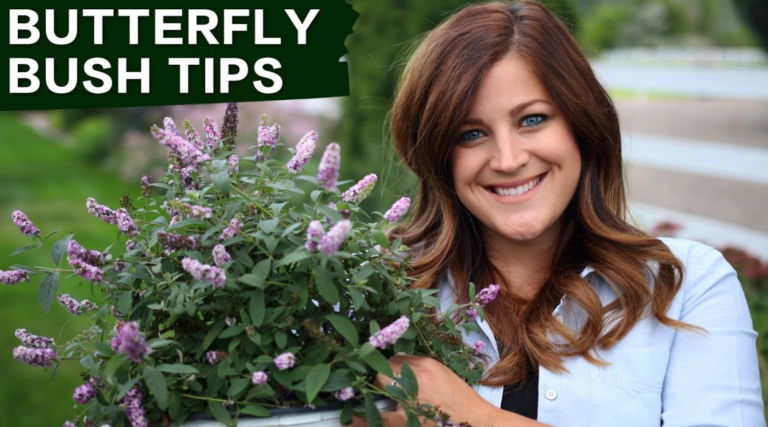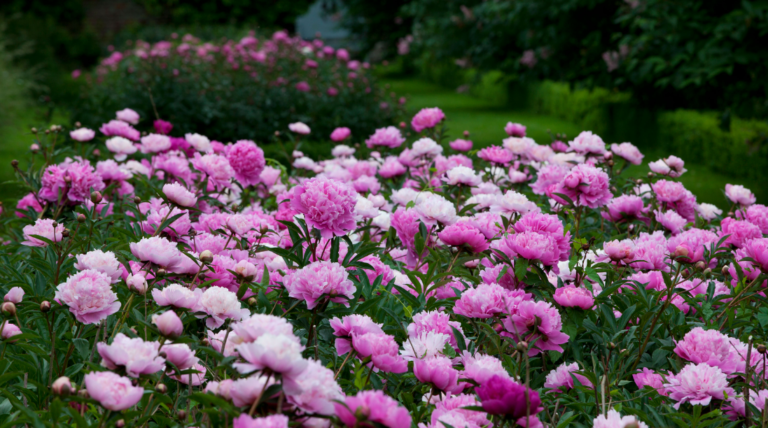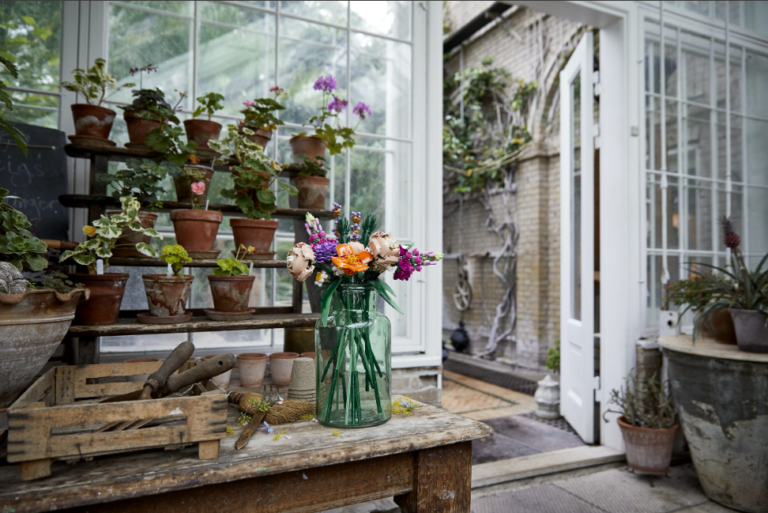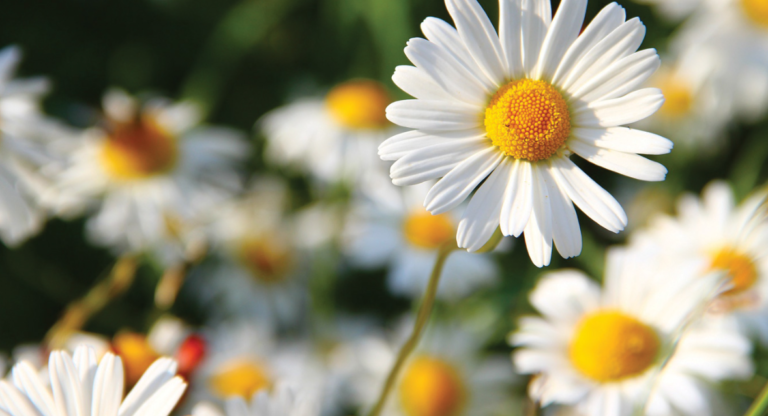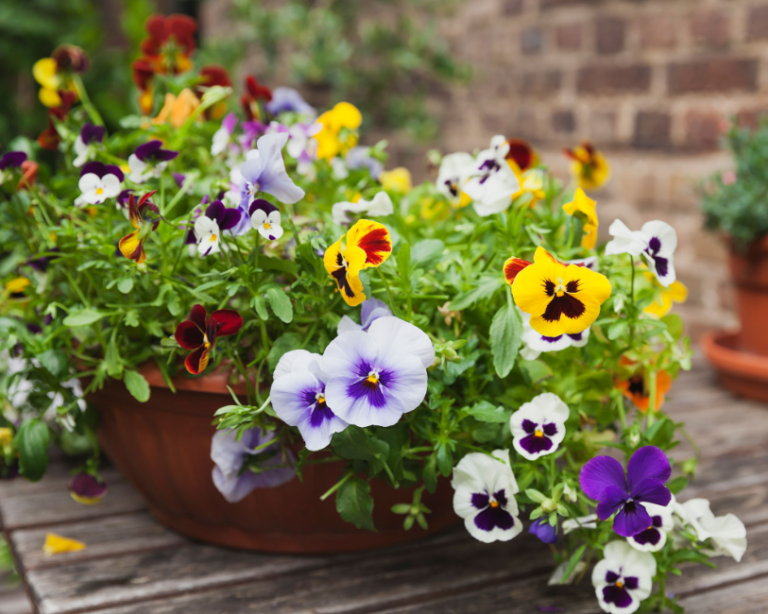Thinking of adding some purple flowers to your garden, but aren’t sure which ones to add? There are many different purple flowers you can plant in your garden, which is good news! There are annuals, perennials, and somewhere in between depending on your location or hardiness zone. In this massive guide, we look at our favorite purple flowers you can plant this season, with names and pictures of each!
Purple flowers can add plenty of contrasting colors to a garden. When shades of red, white, pink, and orange dominate, adding a splash of purple is an effective trick that makes your entire display pop. Otherwise, if everything is a variation of the same colors, things quickly become washed out and drab.
That doesn’t mean you shouldn’t have a healthy display of many different species of flowers and assorted colors. But some shades of purple are very dramatic and can really enhance the look of your flower garden. So the next question becomes, do you plant purple annual flowers or perennial flowers? This list contains both, but we also have a dedicated list of purple perennial flowers if you aren’t interested in replanting new flowers each year.
With that being said, a big list like this one has its benefits! The following massive list has over 100 purple flowers to help you get the purple, indigo, violet, and lilac blasts of color that you need in your garden, container, or window box. From annual flowers to perennials, we’ve got them all covered with names, pictures, hardiness zones, and basic information on each. Let’s dig in!

Allium Ornamental
Scientific Name: Allium
- Plant Type: Perennial
- Geographic Origin: Eastern, Southwestern North America
- Plant Size: 2-3 feet tall
- Sun Exposure: Part sun to full sun
- Plant Zone: 3-9
The allium genus includes some familiar names like garlic, chives, and onions. There are also alliums, often hybrids, that are grown for their puffy, globular blossoms and long, single stalks. They’re often up to three feet tall, with their large flowers adding their purple hue and some lift to your garden. They hold their blooms for quite a while, and even when they fade, they are easy to spot and unique.
Alpine Betony
Scientific Name: Stachys Monieri
- Plant Type: Perennial
- Geographic Origin: Europe to Western Siberia and the Caucasus
- Plant Size: 18-24 inches tall
- Sun Exposure: Partial shade to full sun
- Plant Zone: 3-4
The Alpine betony comes from the mint family. The leaves are green and leather, and the flowers are spiked and tubular. These drought-tolerant flowers have long stems that shoot upward out of the leaves, terminating in a bright purple (or sometimes pink) flower. They attract plenty of pollinators. Animals like rabbits and deer tend to avoid them, so they are good for planting as a defensive border.
Anemone
Scientific Name: Anemone coronaria
- Plant Type: Herbaceous Perennial
- Geographic Origin: Temperate and subtropical locations throughout Europe and the Americas
- Plant Size: 12 inches or less, with 1-inch flowers
- Sun Exposure: Partial to full shade
- Plant Zone: 5-8
Anemones have thick, velvety leaves, usually clustered in groups of three. A trio of leaves gives rise to a dainty, thin stem with a single, small flower at the end. Spring blooms roughly coincide with the first warm rains after the cold winter.
When left undisturbed, these flowers thrive in the wild, and they seed and resprout each season. They’re relatively easy to grow, drought-tolerant, and also come in other colors, like blue, pink, white, and various shades of purple.
Anise Hyssop
Scientific Name: Agastache foeniculum
- Plant Type: Perennial
- Geographic Origin: North America Plains
- Plant Size: Up to 4 feet tall
- Sun Exposure: Part sun to full sun
- Plant Zone: 4-8
If you’ve ever cooked with anise, you might guess that this flower has a faint licorice scent, and you would be right. The flowers are conical, and one plant has a great number of them, attracting butterflies, bumblebees, hummingbirds, and other pollinators in droves. Their flowers range from pale purple to deep indigo, and they thrive in gardens, containers, raised beds, and meadows.
Annual Honesty
Scientific Name: Lunaria Annua
- Plant Type: Perennial
- Geographic Origin: Eastern, Southwestern North America
- Plant Size: 2-3 feet tall
- Sun Exposure: Partial shade to full sun
- Plant Zone: 5-9
The Annual Honesty flower is also known as the Silver Dollar. This plant can grow fairly tall, and its flowers are papery and abundant, making it an easy cut for a floral arrangement. Fragrant purple flowers appear in late spring, and globular moon-shaped fruits appear later in the middle part of summer.
The only potential downside to this flower is that it tends to quickly propagate once it’s sufficiently established in your garden. When left unchecked, it easily verges on becoming a nuisance.
Aster
Scientific Name: Aster
- Plant Type: Perennial
- Geographic Origin: New York and New England, Wild by region
- Plant Size: 1-8 feet tall
- Sun Exposure: Part sun to full sun
- Plant Zone: 3-10
The Aster plant is a daisy-like perennial that is quite attractive to butterflies. The blooms become abundant late in the season, from near the end of summer to early autumn, adding some color as some other plants start to fade. Their late blooms give rise to a nickname: Michaelmas daisies, as their flowers appear near the holiday of the same name in late September.
They have star-shaped flower heads, and depending on the specific cultivar, some asters can grow very tall.
Balloon Flower
Scientific Name: Platycodon grandifloras
- Plant Type: Perennial
- Geographic Origin: Japan, China, the Koreas, Eastern Siberia
- Plant Size: 2-2.5 feet tall
- Sun Exposure: Full sun to partial shade
- Plant Zone: 3-8
The balloon flower is named for its distinctive buds that resemble swollen balloons. As balloon flowers develop, the buds burst into star-shaped flowers. The plants grow in wide clumps and bloom in summer from about June to August in North America.
There are many different cultivars, each with a distinct color, and ‘Fuji’ is the most common, but they’re rarely purple. But for purple flowers, try to look for ‘Double Blue,’ ‘Astra Double Blue,’ and ‘Apoyama’ cultivars.

